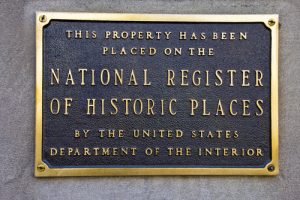
U.S. Sens. Bill Cassidy (R-LA) and Susan Collins (R-ME) on Oct. 16 introduced bipartisan legislation to increase the tax credit for the federal Historic Tax Credit (HTC) program, which encourages private-sector investment in the rehabilitation and re-use of historic buildings.
“Many of the historic buildings in Louisiana have been restored because of the Historic Tax Credit. It creates jobs and revitalizes communities,” Sen. Cassidy said.
Sen. Cassidy sponsored the Historic Tax Credit Growth and Opportunity Act, S. 2615, with U.S. Sens. Collins and Ben Cardin (D-MD) to amend the Internal Revenue Code of 1986 to improve the historic rehabilitation tax credit by creating a new 30 percent credit for projects that cost less than $3.75 million, while maintaining the existing 20 percent credit. Credits would be capped at $750,000.
“This bill will help people across our state and nation return historic buildings to working use and preserve our architectural heritage,” said Sen. Cassidy.
If enacted, S. 2615 would decrease the threshold the cost of a project must meet to be eligible by eliminating the basis-adjustment requirement, which will bring the HTC in line with other credits, such as the Low-Income Housing Tax Credit, according to a bill summary provided by Sen. Cassidy’s office.
The bill also would expand eligible renovation projects by decreasing the rehabilitation investment threshold from 100 percent to 50 percent of the project’s expenses, according to the summary, which said project expenses would have to exceed just half of the project’s cost to qualify for the credit.
“I have long supported the Historic Tax Credit, a proven tool for revitalizing communities and catalyzing economic development in Maine and across the nation,” Sen. Collins said. “Our bipartisan legislation will make the Historic Tax Credit even easier to use, leveraging greater investments in restoration projects and creating good-paying jobs for hard-working Americans.”



